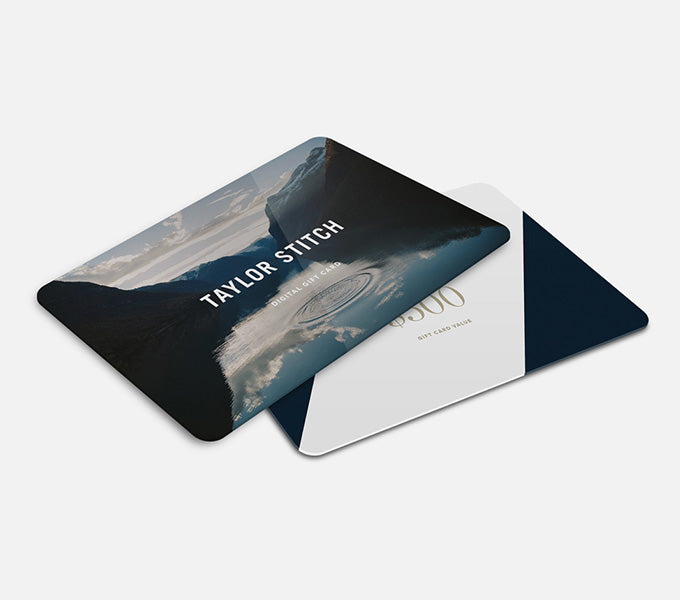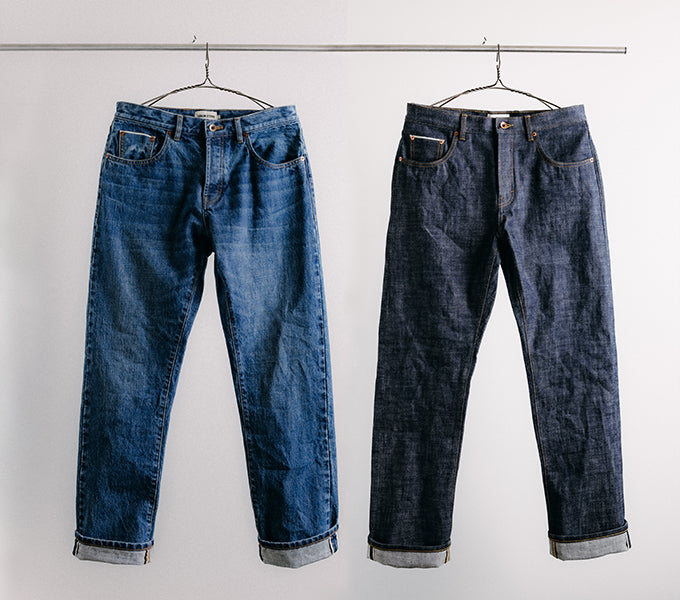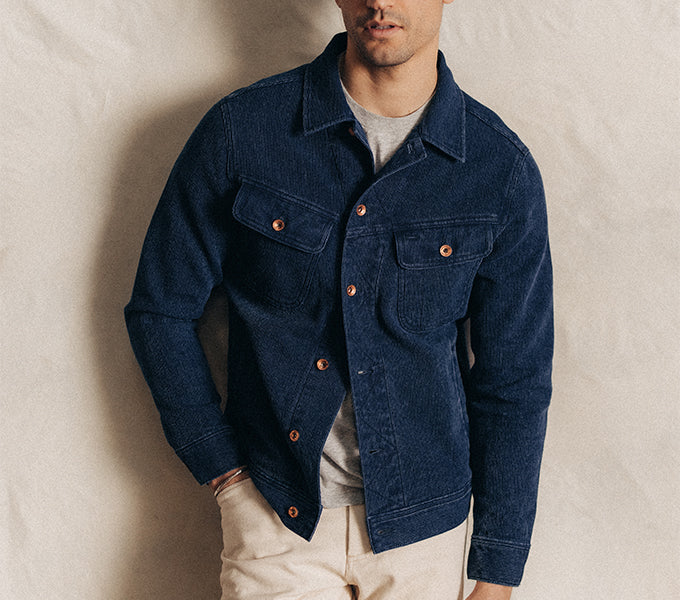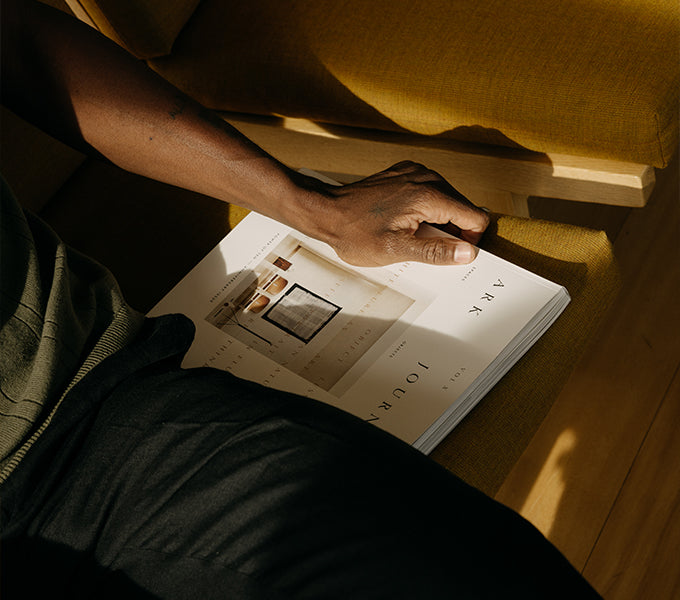To our West, the Pacific stretches past the horizon. To our East, the South Fork Gualala River underlines a panorama of forested hills. We’re in Sea Ranch, California.
Barely visible through a network of conifer branches and falling leaves, Mini-Mod no. 3 awaits our arrival with the same understated charm that has seen it through the last fifty years.
Erected in 1968 by Bay Area architect Joseph Esherick, Mini-Mod no. 3 is (as the name suggests) a pint-sized distillation of Sea Ranch’s distinctive modern-vernacular style. From outside, its spartan, weather-worn facade all but disappears amidst the trees; inside, one finds an artful haven from the rush of modernity, a place of true peace and quiet.
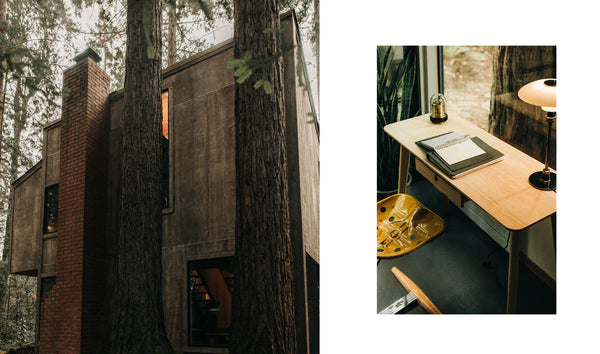
In 2017, architect Chad DeWitt and his partner purchased the place, working on the restoration of Mini-Mod no. 3 as both a home and a vacation rental. We spoke to Chad about what first drew him to Sea Ranch, his unique design perspective, and what this historical cabin means to him.
Q: Can you tell us about your background as a creative and where you found your inspiration for the restoration of Mini-Mod no. 3? What was your approach from the start?
I’m a suburban kid from Fresno, who always dreamed about moving to the big city. The plan was initially LA, but I ultimately landed in SF, where I studied architecture at CCA. I’ve always been drawn to unique and unconventional architecture, so when The Sea Ranch was covered in our history survey course, my mind was blown. A group of students decided to pool their resources and rent a home for a few nights. That turned into a yearly event through the duration of architecture school.

James and I got lucky in 2017 when we had the chance to purchase the property from the original owners. Most appealing to me was that the cabin retained its original features. Due to the architectural significance of the structure, we knew we wanted the language of any updates to be inspired by, but not copy the original. When you come into the cabin, we want our changes to blend with the original features, and at the same time have it be apparent where changes have been made.

Q: We noticed some distinctive decor while we were there (including some Star Wars memorabilia). What was your inspiration/approach for the furnishing of Mini-Mod no. 3?
The decor is quite the mix of secondhand/vintage, pieces designed by friends or that have a personal memory attached, along with a light sprinkling of Ikea. The decor reflects who we are as people. The Star Wars references are to make the cabin feel less precious and add a bit of humor. With the lush redwoods right outside the window, it’s not too much of a stretch to imagine the Imperial forces chasing Rebels on speeders passing in front of the kitchen window.
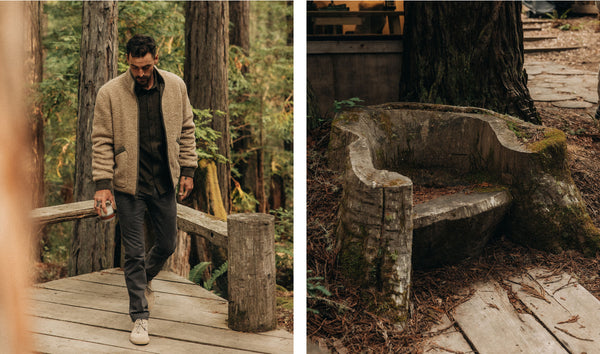
Q: What initially drew you to taking on the restoration and ownership of the property?
I’ve always been drawn to the ecology-focused, utopian experiment that was The Sea Ranch of the 1960’s. We understand that we are caretakers more than owners, and our job is to keep the magic of the Mini-Mod for the next owners. It feels like everyone who rents their home says they enjoy sharing their home with guests. For us, sharing takes on even more meaning because The Sea Ranch is such a private community. There isn’t an interpretive center where you can learn what the community stands for, and since most of the early experimental homes are not rentals, it's hard for non-owners to experience what The Sea Ranch is really like. We like that the Mini-Mod can be an accessible way to share the community and this incredible coastal environment.
Q: How do you want people to feel when they spend time in Mini-Mod no.3?
As evidenced by the all caps block handwriting in the guest book, we can tell many creatives visit, likely because of the design pedigree. We love that the house is respected, but we do our best to not take the place too seriously. When James and I arrive, the first thing we do is turn on music and start a fire in the fireplace. If the surf is pounding, I’ll open the windows so I can hear the crashing of the waves. The Mini-Mod is our place to unplug from the demands of the Bay Area. When we slow down, we notice the shadows from the forest play across the walls. The cabin is a great starting point to explore the Sea Ranch trail system, or a day trip up the coast.
We didn't design the Mini-Mod primarily as a vacation rental, rather we designed it to be our home. This means that the kitchen is well-equipped because we love to cook, and there’s a dog leash waiting by the door. We try to keep the reminders that you’re staying in a rental to be as unobtrusive as possible, so in the end it feels like a friend lent you their house for the weekend.

All in all, we couldn’t have dreamed up a better locale to root our winter collection. Mini-Mod no. 3, and the breadth of Sea Ranch architecture it has inspired gave us quite a few memories. Some are immortalized on film, and some are just for us.

